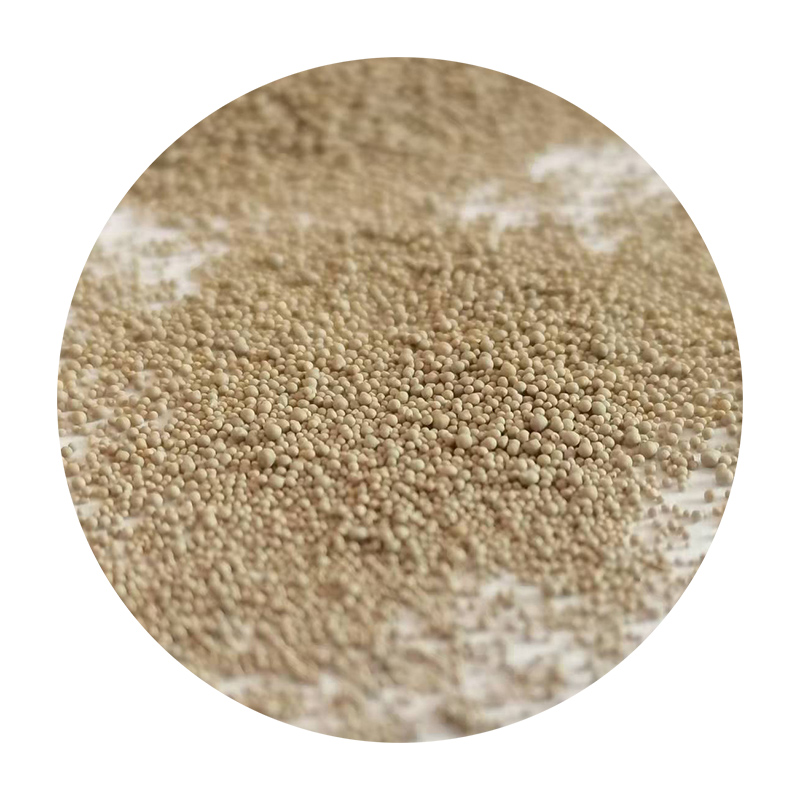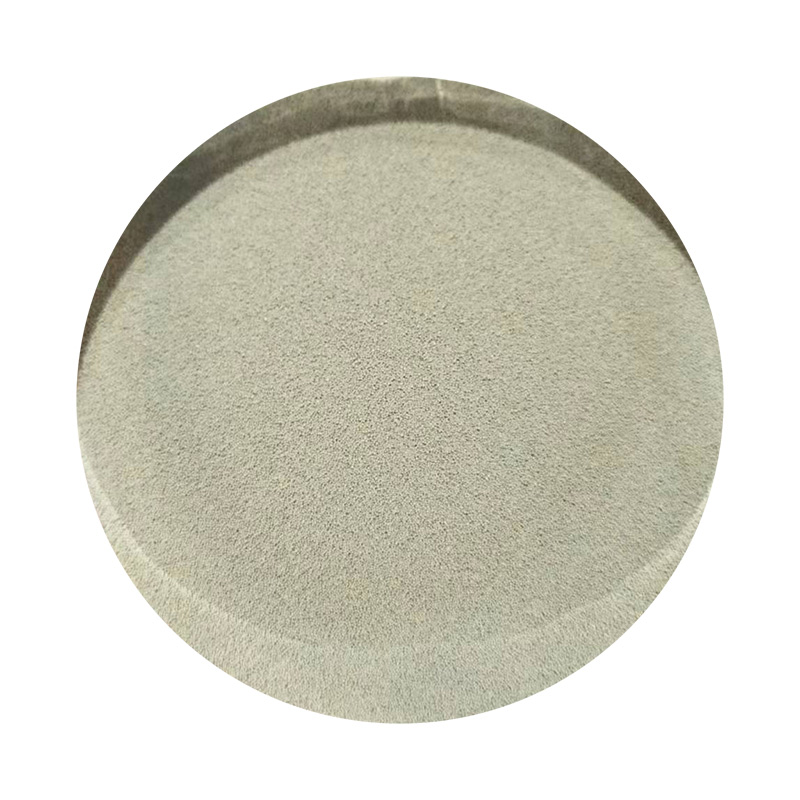- Overview of Casting Processes
- Key Differences in Process Mechanics
- Technical Advantages and Limitations
- Manufacturer Comparison: Sand vs. Investment Casting
- Custom Solutions for Specific Applications
- Real-World Industry Use Cases
- Choosing the Right Method for Your Project

(difference between sand casting and investment casting)
Understanding the Difference Between Sand Casting and Investment Casting
Sand casting and investment casting are foundational metal-forming techniques, yet their methodologies diverge significantly. Sand casting relies on disposable sand molds, making it cost-effective for large, simple parts. In contrast, investment casting uses ceramic-shell molds formed around wax patterns, enabling intricate designs with tight tolerances. While sand casting dominates in automotive and heavy machinery sectors, investment casting is preferred for aerospace and medical components where precision is critical. A 2022 market analysis revealed that sand casting accounts for 68% of all cast metal products, while investment casting holds a 12% share but grows at 6.2% annually.
Process Mechanics Comparison
Sand casting employs compacted silica sand mixed with binders to create single-use molds. The process allows rapid production of molds for components weighing up to 200 tons. Investment casting follows a lost-wax technique: wax prototypes are coated in ceramic slurry, melted out, and replaced by molten metal. This method achieves surface finishes down to Ra 3.2 μm, compared to sand casting’s typical Ra 12.5-25 μm. Permanent mold casting bridges these extremes, using reusable steel molds for medium-volume runs (5,000-50,000 units).
Technical and Economic Trade-Offs
| Parameter | Sand Casting | Investment Casting | Die Casting | Permanent Mold |
|---|---|---|---|---|
| Cost per kg (USD) | 2.10-3.50 | 8.40-15.00 | 4.80-7.20 | 3.90-6.00 |
| Tolerance (mm) | ±0.8 | ±0.25 | ±0.13 | ±0.38 |
| Surface Roughness (Ra) | 12.5-25 | 3.2-6.3 | 1.6-3.2 | 6.3-12.5 |
| Lead Time (weeks) | 2-4 | 6-10 | 3-5 | 4-6 |
Die casting excels in high-volume production (50,000+ units) with thin walls (0.5mm achievable), while sand casting remains unbeaten for massive single pieces like ship propellers.
Manufacturer Capabilities Analysis
Leading sand casting specialists like Allied Castings achieve 95% material utilization through advanced simulation software, reducing scrap versus industry-average 82%. Investment casting leaders such as Precision Castparts Corp leverage 3D-printed wax patterns to cut lead times by 40%. A side-by-case study showed sand-cast truck engine blocks cost $1,200/unit vs. $3,800 for investment-cast turbine blades, justifying process selection based on application requirements.
Customization Strategies
Hybrid approaches are gaining traction:
- Sand-investment combo: Critical surfaces use ceramic shells within sand molds
- 3D-printed sand molds: Reduce pattern costs by 70% for prototypes
- Vacuum-assisted casting: Improves density in sand-cast aluminum by 15%
Industry-Specific Implementations
- Automotive: Sand casting produces 80% of diesel engine blocks
- Aerospace: Investment casting creates 90% of turbine blades
- Energy:Permanent mold casting manufactures 65% of wind turbine hubs
Final Considerations: Sand Casting vs Investment Casting Difference
Selecting between these methods hinges on three factors:
1. Annual volume (<500: sand; 500-10,000: permanent mold; >10,000: die/investment)With proper technical evaluation, manufacturers can leverage these differences to optimize part quality and production economics.
2. Geometrical complexity (IT grades 11-14: sand; IT7-10: investment)
3. Material constraints (investment handles superalloys better)

(difference between sand casting and investment casting)
FAQS on difference between sand casting and investment casting
Q: What is the main difference between sand casting and investment casting?
A: Sand casting uses expendable sand molds for low-cost, large-part production, while investment casting employs wax patterns and ceramic molds for intricate designs and smoother finishes.
Q: How does sand casting differ from permanent mold casting?
A: Sand casting relies on single-use sand molds suited for low-volume production, whereas permanent mold casting uses reusable metal molds for higher-volume, simpler-shaped components.
Q: What distinguishes die casting from sand casting?
A: Die casting forces molten metal into steel molds under high pressure for precision parts, while sand casting uses gravity-poured sand molds for larger, less complex items.
Q: Why choose investment casting over sand casting?
A: Investment casting is preferred for complex geometries and superior surface finishes, while sand casting is better for cost-effective, large-scale rough-textured components.
Q: Which casting method offers better dimensional accuracy: sand or investment casting?
A: Investment casting provides tighter tolerances and finer details due to ceramic mold precision, whereas sand casting has looser tolerances from mold erosion risks.
Next:Resin Bound Sand Casting & Finishing Guide for Durable Surfaces
